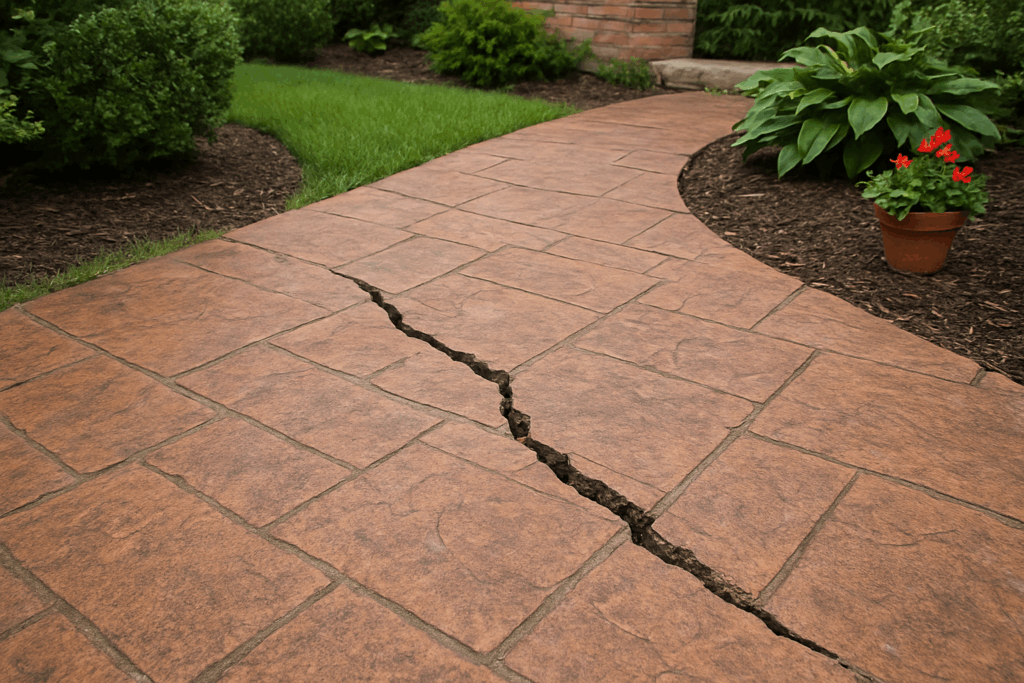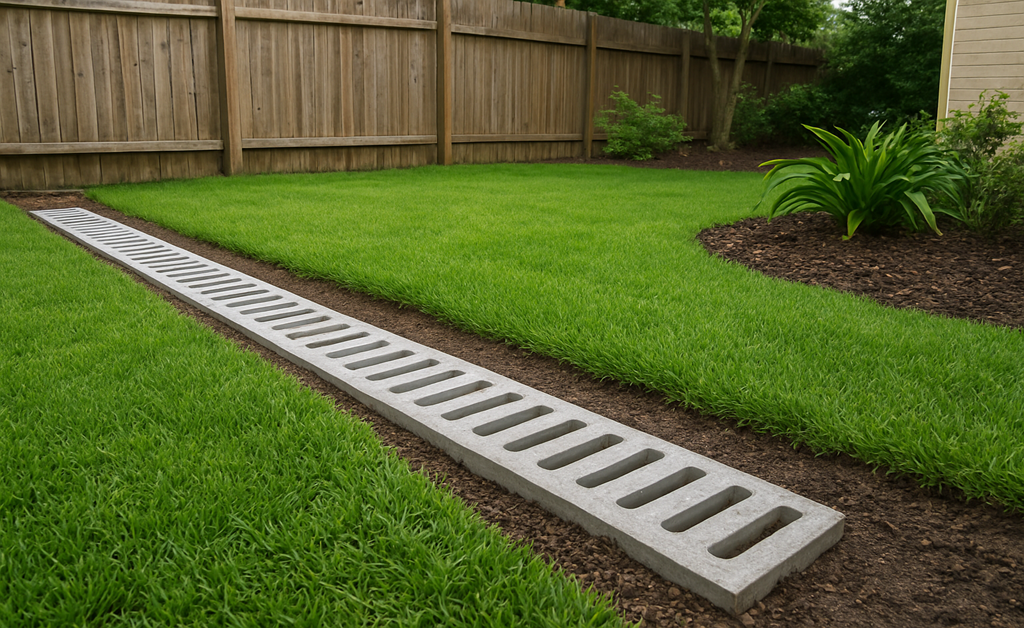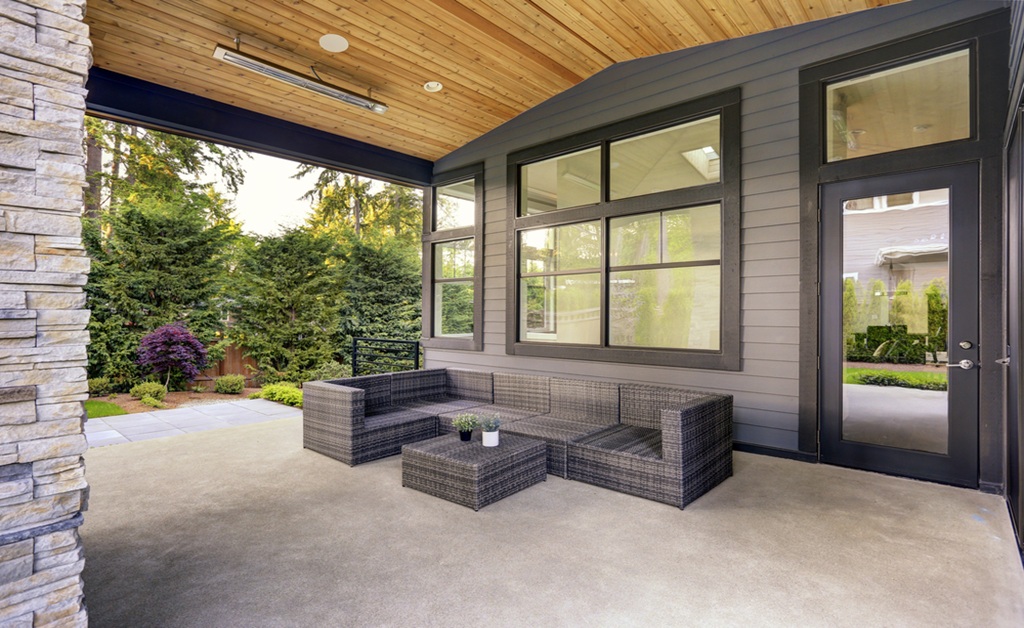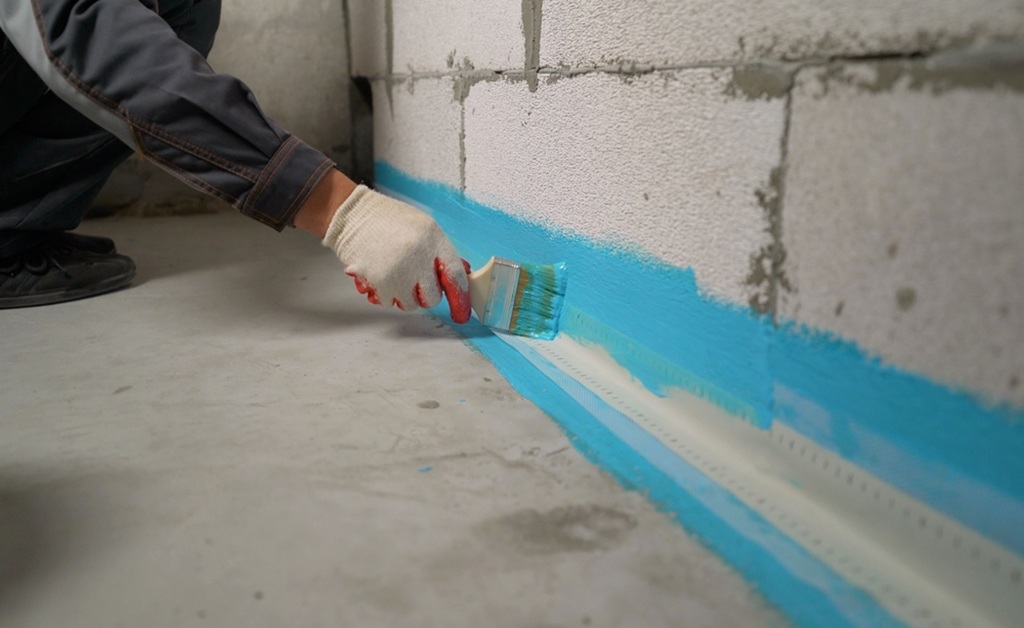Stamped concrete provides the ultimate combination of strength and style, giving driveways, patios, and sidewalks the appearance of expensive-looking stone or brick without the hefty cost. For property owners with stamped concrete in Oklahoma City, this attractive surface is a popular upgrade. But when this surface does become damaged, property owners often ask: can stamped concrete be repaired? The answer is that, in the majority of instances, damaged stamped concrete is repairable and its original beauty and structural soundness restored.
This guide from Bill’s Custom Concrete will walk you through the procedure for checking for damage, investigating stamped concrete repair work, and providing maintenance recommendations for keeping your concrete looking its absolute best.
Evaluating the Damage
Prior to making any repairs, it’s a good idea to know the nature of the damage. Small surface damage or cracking or chipping is frequently superficial and fairly easy to repair. This type of damage may result from a strong impact or from settling naturally over the passing of time.
But larger issues such as long or wide cracks or heaving (where patches of the concrete are lifted) may mean that your sub-base is unstable. Or that it has been damaged by water or by improper installations. If your whole slab is cracking here and there or has lumpy patches, the damage may be shallower than it appears. It is important to determine if the damage is just cosmetic or if it’s structural so that you will have the optimum repair method for fixing stamped concrete.
Professional Repair Choices
Whereas a small patch-up work may be managed by patch kits yourself, serious damage needs professional skills for a smooth and permanent repair. A professional will be able to precisely match the color and finish of your original concrete so that the repair will be all but undetectable.
For larger cracks, professionals often use high-quality fillers and patching compounds designed specifically for repairing stamped concrete. In cases of severe structural damage, sections of the concrete may need to be cut out and redone. Our professionals will also address the root cause, such as by stabilizing the sub-base to prevent future heaving. Color correction and resealing are final steps that blend the repaired area and protect the entire surface from the elements.
Preventing Future Damage
Prevention is the key. Maintenance will significantly extend the life of your stamped concrete and lower the number of repairs. It’s also crucial that you apply a high-performance sealer every few years. A sealer keeps the concrete from exposure to moisture, UV light, and stain while keeping the brightness of the color.
It is also a good idea to frequently clean the surface using a mild detergent to avoid the accumulation of dirt that may erode the sealer. Forget the strong de-icing salts during winter because they may damage the surfaces. It is better to use sand or a concrete-friendly ice melt. Last but not least, fixing small cracks early will help prevent their growth into extensive and costly issues.
Restore Your Concrete’s Beauty
Stamped concrete is a durable and visually appealing investment for a piece of real estate. Although damage does occur, it doesn’t necessarily mean that you are stuck with it or a whole new replacement. With the proper evaluation and proper repair methods by our team, its original appearance and functionality may be reclaimed. Maintenance will guarantee that your stamped concrete continues to be a beautiful aspect of your house for years to come!





